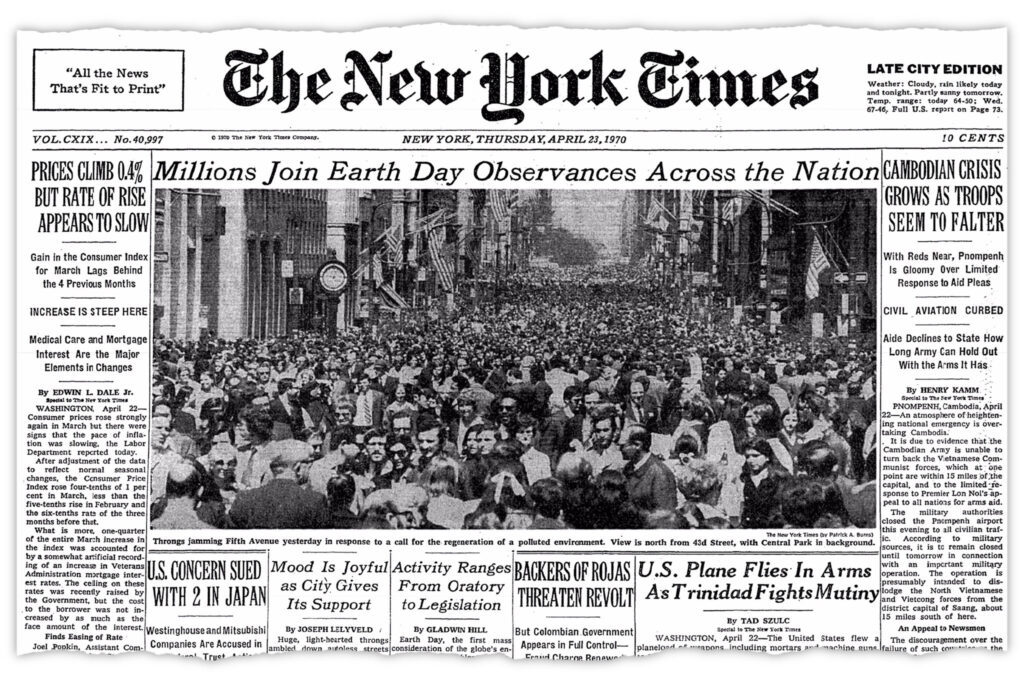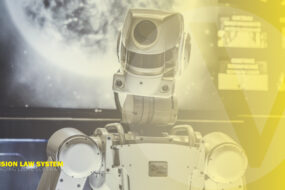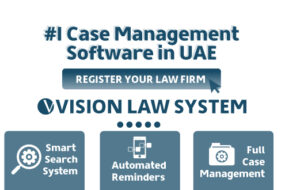Over the past few years, people have trusted AI platforms when it comes to providing them information but where does all this information come from exactly? We don’t know where and what the future of AI is, that’s the thing.
OpenAI is the only one that can answer that, they’re the ones that feed information to AI as a training and they do it with large amounts of text data from online sources – which includes websites like New York Times.
New York Times Lawsuit Against OpenAI and Microsoft

Last december, news were broken on the internet that New York Times have sued OpenAI and Microsoft for copyright infringement, with the claims that both companies are building their AI models by copying and using millions of the publications articles – New York Time is known to be heavily invested in journalism, and they strongly believe that this leads to direct competition to their content.
The complaint focuses on multiple topics, including the argument that these AI models highly threaten high-quality journalism and that it hurts the ability of news outlets to protect and monetize content.
The main problem that the New York Times is pointing out is that OpenAI and Microsoft are effectively benefitting from their investment in journalism by openly using their copyrighted work to create new products without asking their permission or at least paying them for the service.
OpenAI recently released a public response claiming that the lawsuit is “meritless” and that AI training using available data from the web is fair use. They highly believe that it is not required to license or otherwise pay for the examples – even when it makes money from those models.
Other AI Lawsuits
New York Times’ lawsuit isn’t the only copyright infringement issue that OpenAI received, other content creators including authors like Mona Awad and Paul Tremblay have also initiated lawsuits against AI companies. This raises a lot of questions when it comes to this method of AI learning and what the future holds for the future of Artificial Intelligence in general.
As of today, there is no clear answer whether AI learning should really be subject to copyright infringement and whether the information it is being fed should qualify as “fair use”
Personally, the use of data from the web to train these models simply should not be the main concern of people. While it is threatening for professionals in some fields, the progressive nature of AI algorithms is what people should be looking into especially when its pace is faster than ever.
As the courts have yet to decide whether the copyright law applies in training LLMs, the positive reign remains for the AI algorithms.
But if the New York Times succeed with their goal to simply block AI companies from getting information from sites like them, the impact on the future of LLM training might be critical.
The Future of Artificial Intelligence in Different Industries
Other industries are also taking a hit from the impact of AI in the digital world.
Recently, Universal Music started pulling out the music of their artists from Tiktok – a global phenomenon social media platform. The music company stated that the majority of the content in tiktok contains music but they believe that their artists and music content are not well properly compensated by the social platform.
“With respect to the issue of artist and songwriter compensation, TikTok proposed paying our artists and songwriters at a rate that is a fraction of the rate that similarly situated major social platforms pay.” they added.
Along with the statement of Universal Music that’s expressing their concerns over the widespread of AI-generated recordings that are completely infringing the music of their artists, Tiktok just shrugged their shoulders upon hearing these concerns by the music company.
The contract between Universal Music and Tiktok came to an end on January 31, 2024.
What these Lawsuit Means to Legal Industry
It’s clearly evident that the legal industry is using a lot of tools these days incorporated with AI, in order to streamline the processes of their operation. With most of them using AI to fully enhance the legal tools, these lawsuits might be posing a bit of problems for the current development of AI algorithms with the use of diverse and representative data sets.
Legal professionals are still on the positive side of technology despite all these issues about AI and this should not stop them from fully integrating the latest technologies to modernize their legal operation.
As of now, the tools that are integrated with AI are still on the rise and still helping legal professionals to make their lives easier.
Tools like Vision Law System and Lawsyst.ae are definitely the safest option for legal professionals to use as these two use a traditional system that develops the structure of the software accurately – enhancing its features to safely help legal professionals do all their responsibilities to help individuals and organizations with all their legal troubles.
Our thoughts
Generative AI, powered by advanced algorithms and language models has revolutionized the way legal professionals deliver their services and it’s a good thing, at least in some type of way.
In an era of technology that we currently have, it is important to learn that the latest technologies don’t just come with pros, but also with cons and that doing your due diligence can help you prevent potential problems in the future which includes the misuse and abuse of generative AI in the legal field. This potential issue deserves our immediate attention, as such challenges could negatively impact not only the legal industry but also in the other industries.




